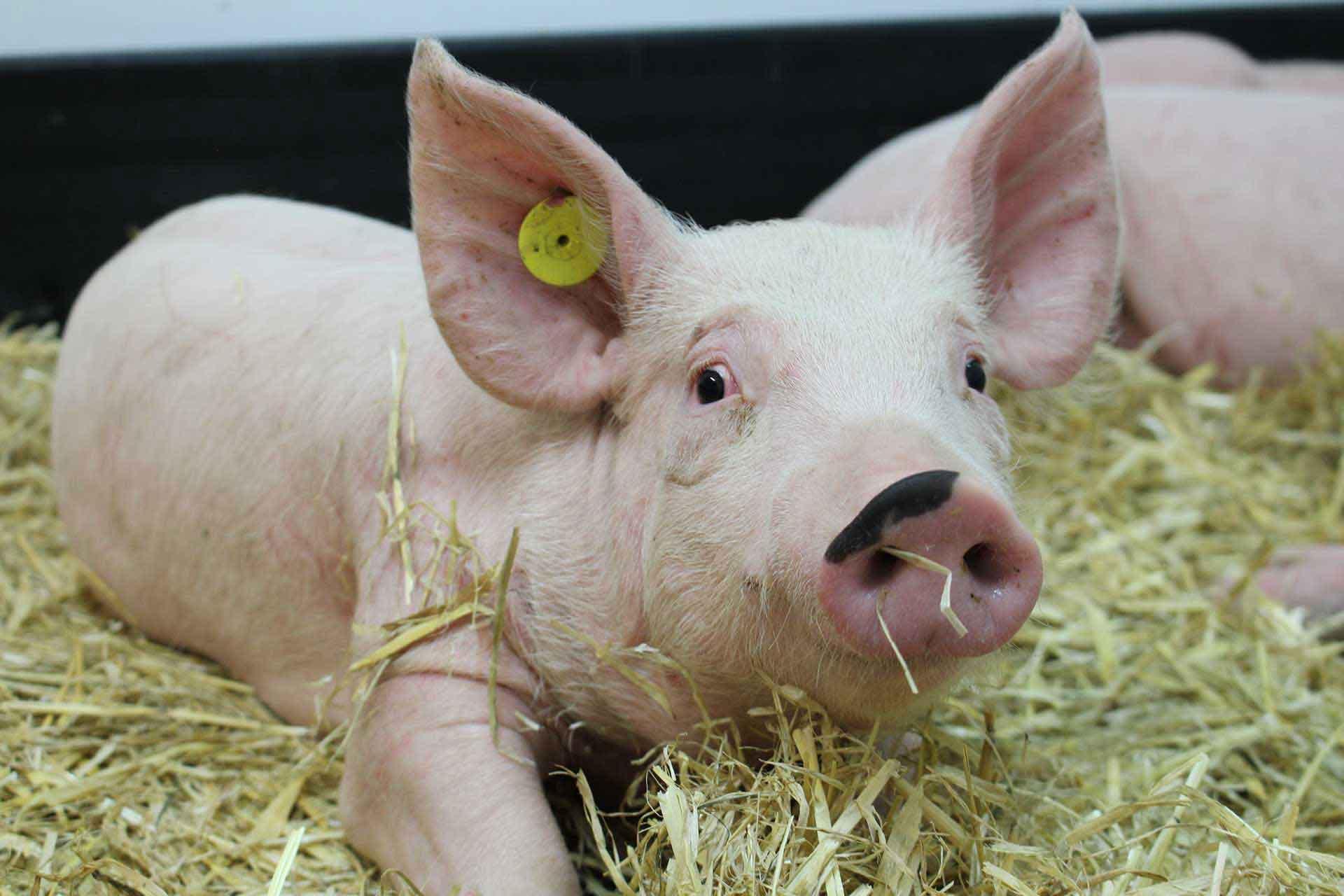A new model for CD8(+) t cell memory inflation based upon a recombinant adenoviral vector
CD8(+) T cell memory inflation, first described in murine CMV (MCMV) infection, is characterized by the accumulation of high-frequency, functional Ag-specific CD8(+) T cell pools with an effector-memory phenotype and enrichment in peripheral organs. Although persistence of Ag is considered essential, the rules underpinning memory inflation are still unclear. The MCMV model is, however, complicated by the virus's low-level persistence and stochastic reactivation. We developed a new model of memory inflation based on a beta-galactosidase (beta gal)-recombinant adenovirus vector. After i.v. administration in C57BL/6 mice, we observed marked memory inflation in the beta gal(96) epitope, whereas a second epitope, beta gal(497), undergoes classical memory formation. The inflationary T cell responses show kinetics, distribution, phenotype, and functions similar to those seen in MCMV and are reproduced using alternative routes of administration. Memory inflation in this model is dependent on MHC class II. As in MCMV, only the inflating epitope showed immunoproteasome independence. These data define a new model for memory inflation, which is fully replication independent, internally controlled, and reproduces the key immunologic features of the CD8(+) T cell response. This model provides insight into the mechanisms responsible for memory inflation and, because it is based on a vaccine vector, also is relevant to novel T cell-inducing vaccines in humans. The Journal of Immunology, 2013, 190: 4162-4174.
Back to publications
